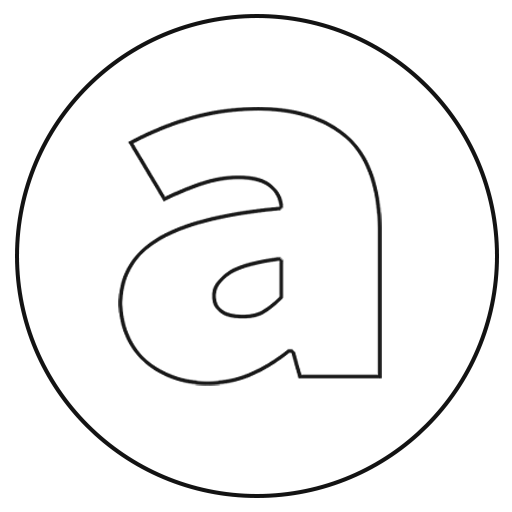Interference Graphics Idea:
Light here is a direct medium for creating graphic compositions. The wave aspect of the nature of light is exploited. A coherent beam of light passing through previously designed objects (holes or masks) is deflected at their edges (diffraction) and the deflected beam fragments interferes, creating interference images on the screen, e.g. on the surface of a CCD matrix.
The interference images recorded in this way are the basis for further numerical processing. The inspiration for the composition are sometimes phenomena in the field of optics or quantum mechanics, but not only.
Why Fine Arts?
Until the 1990s, Szczecin was a large, efficient seaport and shipbuilding center. I grew up in that city, where my Father, repatriate from France and Mother, Pomeranien met each other. My interest in painting and architecture, which I had received from somewhere (?), became a bit of a sideline when I began my studies at the Technical School, as it was a Mechanical and Power Engineering school with a newly opened specialization in RTV electronics. However, the atmosphere of the city-port, shipyard, proximity and exoticism of the sea maintained and directed these interests to naval architecture and shipbuilding.
In the Palace of Youth (later Youth House of Culture) in Szczecin, in the Artistic Studio, these interests could be developed, and at the same time one could develop a love for history and a fascination with ancient culture.
One of the features of the microclimate of Western Pomerania is (were) frequent rains in summer. Walking after the rain at night and looking through the glasses at the streetlights shining through the leaves of the trees, one can immediately notice the characteristic stripe structures initiated by the raindrops on the glasses. These very different interference figures are created despite the near-zero coherence length of the streetlamp light, because the difference in optical paths is also near zero. At the time, strolling in the rain, I didn't understand it that way, but the visual effect stayed in my memory for a long time. And also the thought that it would have to be developed someday, Only how?
This became clear to me on occasion - at the Institute of Electronic Materials Technology (ITME, now destroyed by the 'good change') in Warsaw, where we used, among other things, optical methods to characterize laser diodes constructed by our research team.
In order to obtain interference effects, instead of raindrops on glasses, I used sub millimetres sized masks. The laser beam passing through them is partially deflected at the edges (diffraction), and the deflected component beams overlapping each other create interference images on the screen (like a CCD matrix), depending on several parameters, especially on the designed shape and size of the mask. The registered interference images are the basis for further graphic processing. This is how I came up with 'interference photo-graphics'.
As far as painting is concerned, during my studies at the Faculty of Electronics at the Technical University of Gdańsk (the only contact I had with architecture was with the PG Architecture Students' Association, where I met my wife) and during my professional work, I dealt with it less than I would have liked. Marine themes were and are close to me, although, as the years passed, other interests added to it: attempts to illustrate physical phenomena, e.g. waves, influence of literature (s-f and fantasy), fascination with Mediterranean cultures... Now I have a little more time for this.
Since the days of the Impressionists, there has been an opinion that what is important in painting is not the 'what', but the 'how'. This principle works, but not exclusively - an increased content of the 'what' element encourages to a more than superficial look. To activate some extra-painting associations (?). However, the importance of the 'how' element remains beyond discussion.
Andrzej Malag
I would like to thank for developing the original concept and launching this page to its author and constructor - Mr. Krystof Kozlowski (currently Bella Australia)
Malag Andrzej CV
Studies at the Faculty of Electronics, Gdansk University of Technology completed in 1974, followed by PhD (1983) and habilitation (2004) at the Institute of Electron Technology (ITE) in Warsaw in the field of semiconductor optoelectronics. Professional interests in the field of design, construction and technology of semiconductor lasers pursued at ITE and then as a researcher, then as the head of the Department of Optoelectronics at the Institute of Electronic Materials Technology (ITME).
Authorship and co-authorship of more than 100 publications and patents in national and international publications. Completion of scientific activities as of 2019.
Big influence on the artistic imagination had the birth place: Szczecin - port and shipyard, then wide water spaces - Lake Dąbskie - Szczecin Lagoon - Sea.
Interest in painting - starting from the Youth Palace Art Studio in Szczecin, then in the form of amateur art, among others:
- Participation in 20th anniversary exhibition of Warsaw Association of Non-professional Artists - Warsaw Technical University hall 1978;
- Works in the gallery of "Fantastyka" publishing house, participation in exhibitions of "Polcon" and "Fantasy Days" festivals in 1984 - 1989;
- Co-owner of "MAAG" s.c. 1994 - 2011 Ceramic floor composition designs, auditorium colors, building facade colors www.maag.biz.pl
Modena Italy - 1st prize in AWARD designing for everlasting beauty ARIOSTERIA MARMI 2000 competition for ceramic tile floor compositions in halls of Ożarów Cable Factory.
- Sanok Culture House - individual exhibition during the opening of SCH after reconstruction according to the project of MAAG studio - 2000.
- Works in private collections in Poland and abroad - through "Arka" Gallery in Warsaw, "Desa" Gallery in Szczecin in 1985 - 1995.
- From 2019, activating previous interests in the field of artistic creativity, in connection with experience in the field of optical techniques.
-Currently established cooperation with 'AGRA-ART', 'Art-of-Poland' galeries in Warsaw and the online 'Artmajeur', also regarding oil painting.
